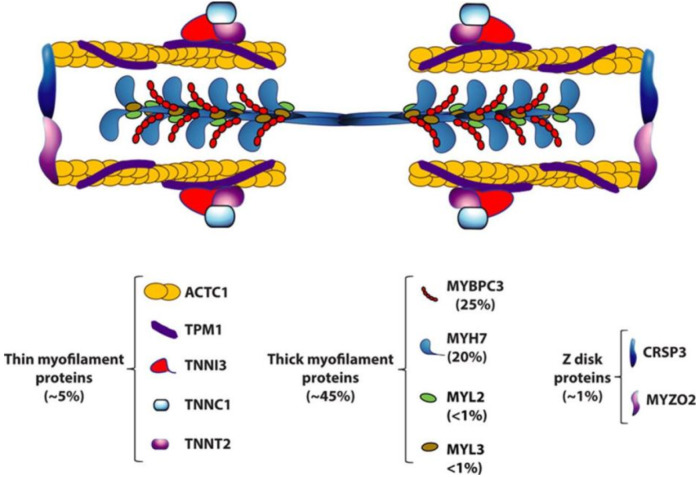Relationship between genotype and clinical phenotype of hypertrophic cardiomyopathy.
IF 2.8
Q3 CARDIAC & CARDIOVASCULAR SYSTEMS
引用次数: 0
Abstract
Hypertrophic cardiomyopathy (HCM) is the most common genetic cardiovascular disease, mostly inherited in an autosomal dominant manner. It is a global heart disease with complex clinical phenotypes and gene expression. The prevalence rate in the population is 1:500-1:200. This article mainly introduces the diagnostic criteria, pathological manifestations, and genetic basis of HCM, which is the leading cause of sudden death in adolescents and athletes due to exercise, with 60%-70% showing familial clustering. It also discusses the latest progress in the relationship between different genotypes and clinical phenotypes of HCM patients.

肥厚性心肌病基因型与临床表型的关系。
肥厚性心肌病(HCM)是最常见的遗传性心血管疾病,大多以常染色体显性方式遗传。它是一种具有复杂临床表型和基因表达的全球性心脏病。人群患病率为1:50 -1:20 00。本文主要介绍HCM的诊断标准、病理表现和遗传基础。HCM是青少年和运动员运动猝死的主要原因,60%-70%表现为家族聚类。讨论了不同基因型与HCM患者临床表型关系的最新进展。
本文章由计算机程序翻译,如有差异,请以英文原文为准。
求助全文
约1分钟内获得全文
求助全文

 求助内容:
求助内容: 应助结果提醒方式:
应助结果提醒方式:


